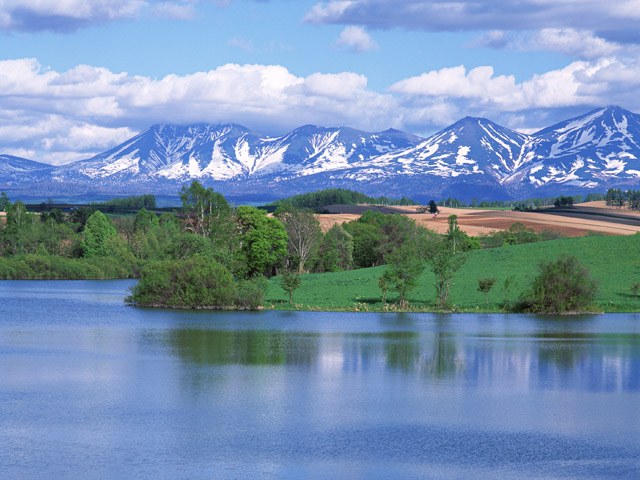You will need
- paper;
- pencil;
- — eraser;
- — brush;
- — colors.
- — the palette.
Instruction
1
Consider how best to position the sheet of paper or canvas. It depends on the tasks of the artist in each case: if you want to convey the scale of the landscape, the expanse of the steppe, for example - it is better to choose the horizontal position. For a more detailed illustration fit the vertical. In any case, immediately mentally delimit the landscape that you want to draw multiple lines and drag them to the worksheet. So you will see how well put together all the elements of the picture in the selected format.
2
Refine the sketch. Determine the proportion of all subjects. For example, drawing a landscape, as in the illustration, first you need to draw a line that separates the foothills and plains below. Moreover, this line should be just above the Central horizontal axis of the sheet. Then you need to create the outlines of the smaller objects to outline the ledge of a land, draw mountain ranges and the trees.
3
Further work with the sketch depends on what colors you plan to paint nature. If you choose watercolor, pencil sketch need to loosen using the eraser, otherwise the lines will be visible under a layer of paint. This is required even if you paint diluted with acrylic or tempera. When working with gouache, a dense acrylic and oil sketch can not touch, it will be hidden under a thick layer of color.
4
Determine which parts of the landscape will be painted in the light shades. It will be easier to paint the picture, moving from light colors to dark, gradually increasing the color saturation. If you draw a translucent paint, such as watercolor, white paper color should show on the most bright areas of the picture so the color will seem more clean. The landscape with mountains that are snow-covered mountains, clouds and mountains reflected on water.
5
Applying the paint, try to convey the texture of the surface, which is drawn. For example, reflection in the water looks blurred, so the water should draw wide quick fills and when the paint dries, add small touches ripples. The outlines of the mountains more clearly, but since they are far, they are hidden behind the haze. But on average terms can be considered small parts of the landscape. It is worth to draw trees in small strokes that resemble leaves.
6
After application of the main color patches carefully draw all the shadows. Without them, the picture will not look realistic. Follow the direction of the shadow and its shade - it depends on the color of the object that casts the shadow, and the color of the surface on which the shadow lies.
7
During plein air you do not have to complete the illustration. You can define color and outline the shape and size of shadows, and the house to finalize the sketch.
